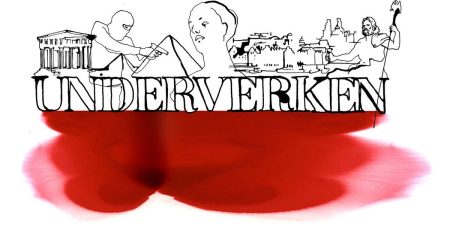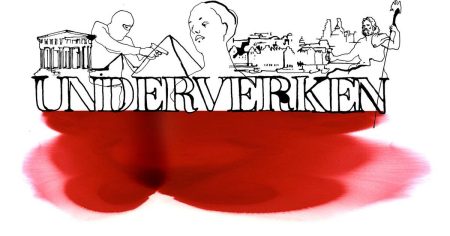A debate unfolds on the cultural pages, questioning the validity of assigning ratings to artistic endeavors, especially those rich and nuanced. Critics argue that certain art forms transcend simplistic quantification, their inherent complexity resisting the reductive nature of a numerical score. Ironically, each proponent passionately defends their preferred art form as uniquely impervious to such evaluation, suggesting a subjective bias at play. This mirrors a broader phenomenon in media consumption: while generally trusting news reports, individuals become hypercritical when their specific area of expertise is covered. Whether it’s a profession, hobby, or personal experience, the familiar refrain arises: ”They just don’t get it!” The perceived simplification of complex topics, from wild boar hunting to financial derivatives, sparks frustration, revealing the gap between expert knowledge and generalized reporting.
This tendency to perceive external analysis as inadequate when applied to one’s own specialized knowledge underscores the challenge of objective assessment. The reporter, admitting to a broad but shallow understanding of many topics, paradoxically finds assigning ratings quite easy. This seeming contradiction highlights the subjectivity inherent in all forms of evaluation, where personal experience and preference inevitably influence judgment. The reporter offers examples of this personal rating system, ranging from a self-made glögg, awarded a top score for its convivial effects, to a local supermarket, praised for its quirky mix of high-end and budget items. This eclectic blend, featuring both Wagyu beef and discounted baby food, earns a high rating for its entertainment value and unexpected deals.
The reporter’s anecdotal rating system extends beyond products and experiences to encompass social behaviors. A low rating is assigned to the tendency of nearby individuals to deflect blame, attributing any inconvenience or mishap to external forces. This behavior, while irritating, is partially excused by the reporter’s acknowledgment that younger individuals, whose brains are still developing, might not possess the full capacity for self-reflection and accountability. A ”mercy grade” is applied, recognizing the developmental trajectory towards greater emotional maturity. The spectrum of ratings also includes a middle ground, a solid ”three” awarded to things that function as expected, providing a sense of reliability and predictability in a world often characterized by uncertainty. Examples include the morning bus and a dependable rain jacket, representing the mundane yet essential elements of daily life.
The reporter’s idiosyncratic rating system, while seemingly trivial, illuminates a deeper point about the act of evaluation itself. Whether applied to art, news reporting, or everyday occurrences, judgment is inherently subjective, shaped by individual perspectives, biases, and experiences. The very act of assigning a numerical value, even to something as subjective as the taste of glögg or the ambiance of a supermarket, imposes a sense of order and control on a complex and often chaotic world. This inherent human need to categorize and evaluate extends to our interactions with others, as evidenced by the reporter’s assessment of blame-shifting behavior. Even with a nuanced understanding of developmental psychology, the subjective element of personal irritation inevitably colors the evaluation.
Furthermore, the juxtaposition of seemingly disparate items within the reporter’s rating system – glögg, supermarkets, and human behavior – highlights the interconnectedness of our experiences. The enjoyment of a warm beverage, the thrill of a bargain, and the frustration of dealing with irresponsible individuals all contribute to the tapestry of daily life. By assigning ratings, the reporter creates a personal narrative, weaving together these disparate elements into a cohesive whole. This act of subjective evaluation, while potentially flawed, represents an attempt to make sense of the world, to find patterns and meaning in the everyday. The reporter’s self-awareness about the subjective nature of these ratings further enhances the credibility of their observations.
Ultimately, the debate about rating art forms and the reporter’s personal rating system converge on a common theme: the limitations of objective assessment. Whether evaluating a complex artistic creation or the simple functionality of a rain jacket, our judgments are inevitably filtered through the lens of individual experience. The reporter’s embrace of this subjectivity, coupled with a healthy dose of self-deprecation, allows for a more nuanced and relatable perspective. The invitation to read further reinforces the notion that subjective interpretation and personal narratives are valuable forms of engagement with the world around us.














